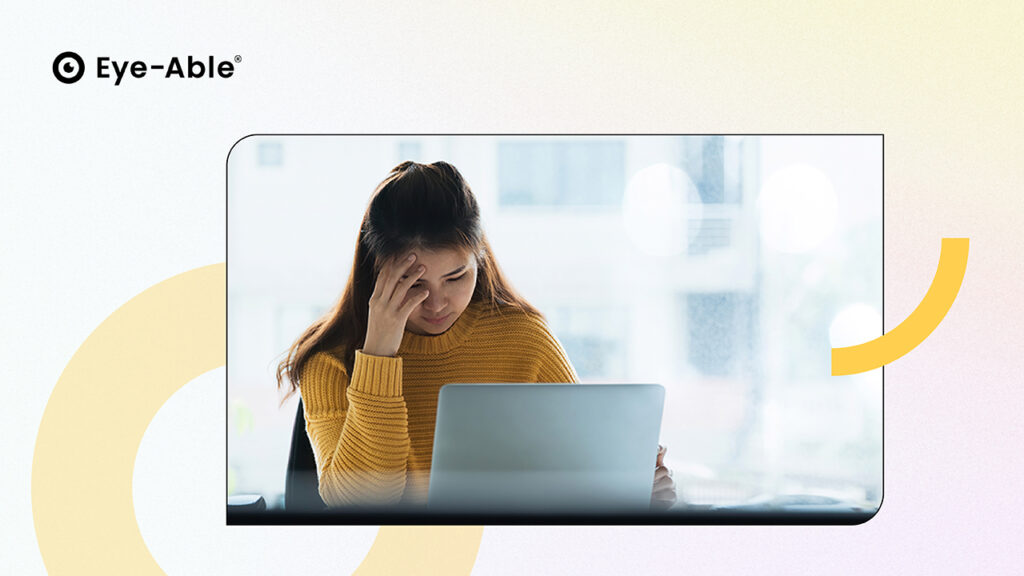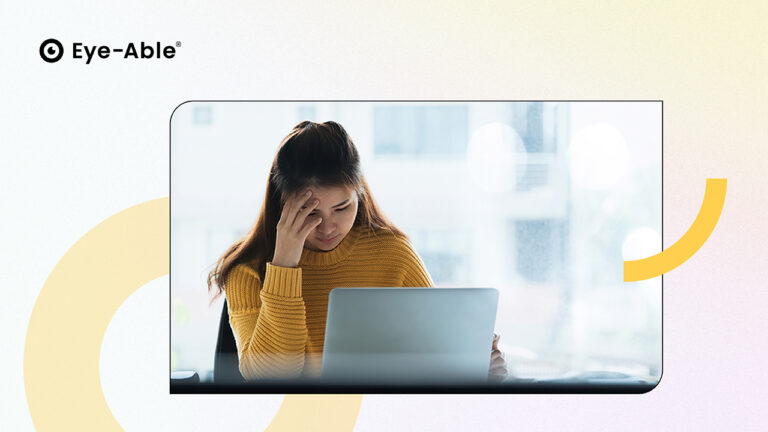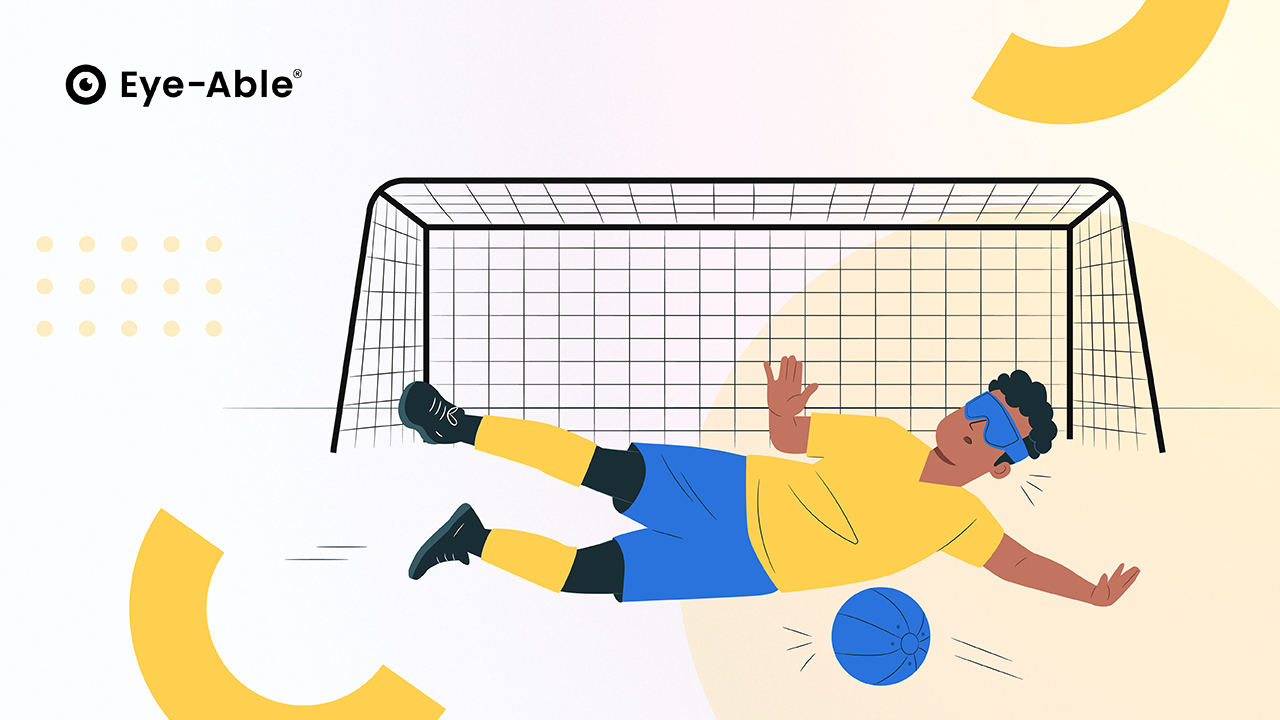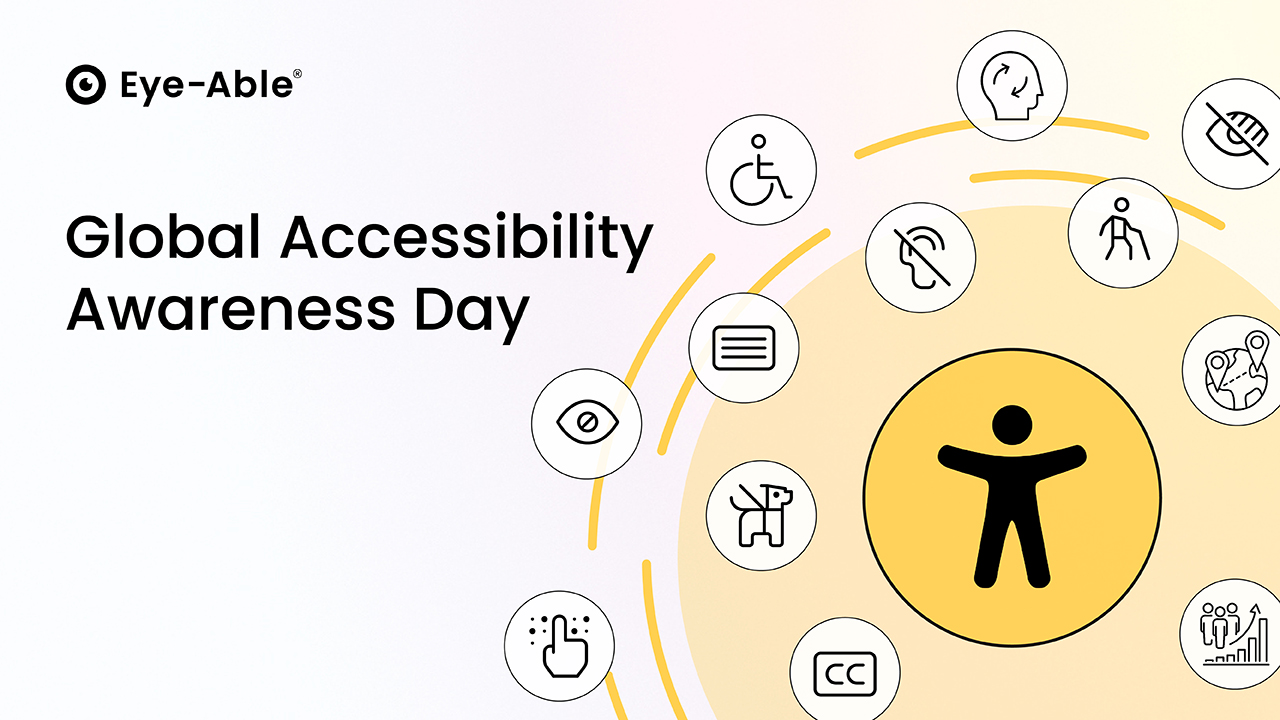In unserem täglichen Leben begegnen wir oft Hindernissen, die nicht auf den ersten Blick erkennbar sind. Diese unsichtbaren Barrieren können vielfältige Formen annehmen und Menschen unterschiedlichster Hintergründe und Lebensumstände betreffen.
Unsichtbare Barrieren können sich in verschiedenen Bereichen manifestieren. Angefangen bei sozialen Interaktionen bis hin zu beruflichen Herausforderungen und persönlichen Belastungen. Zum Beispiel können Vorurteile oder Stereotypen gegenüber bestimmten Gruppen von Menschen unsichtbare Barrieren schaffen, die ihre Möglichkeiten einschränken und ihre Erfahrungen beeinflussen. Das kann dazu führen, dass Menschen aufgrund von Merkmalen wie Geschlecht, Ethnizität oder sozialem Status unfair behandelt werden.
Weitere unsichtbare Barrieren können bei mentalen Gesundheitsproblemen, die oft nicht offensichtlich sind, aber dennoch erhebliche Auswirkungen auf das Wohlbefinden und die Leistungsfähigkeit einer Person haben können. Selbstverständlich können sie auch in Verbindung mit nicht sichtbaren- und sichtbaren Behinderungen auftreten. Menschen, die zum Beispiel unter Angstzuständen, Depressionen oder anderen psychischen Erkrankungen leiden, können auf unsichtbare Barrieren stoßen, die es schwierig machen, sich zu engagieren oder produktiv zu sein. Die möglichen unsichtbaren Barrieren bei Behinderungen und psychischen Problemen sind zahlreich.
Natürlich können solche nicht sichtbaren Hindernisse auch in physischer Form auftreten. Zum Beispiel in Form von architektonischen Barrieren für Menschen mit Mobilitätseinschränkungen oder Umweltfaktoren, die das Wohlbefinden beeinträchtigen, wie Lärm- oder Lichtbelastung.
Hier einige Beispiele für Barrieren, die im Alltag oftmals übersehen werden:
Nicht-barrierefreie Wahlen
Selbst, wenn die physischen Gebäude, in denen abgestimmt wird, zugänglich sind, ist der eigentliche Abstimmungsprozess nicht automatisch barrierefrei. Die Wahlkabinen selbst müssen daraufhin überprüft werden, dass sie Menschen mit bestimmten Behinderungen keine Barrieren auferlegen.
Für Menschen mit Sehbehinderung oder einer kognitiven Einschränkung, kann es beispielsweise auch schon grundsätzlich schwierig sein, überhaupt erst an notwendige Informationen rund um die Wahlen (über die Parteien/Politiker, deren Wahlprogramm, Zugänglichkeit der Wahllokale, etc.) zu gelangen.
Digitale Barrieren
Viele Websites und Anwendungen (rund 75 % der größten Webshops, laut einer Studie von Aktion Mensch) sind nicht barrierefrei gestaltet und schließen somit Menschen mit Behinderungen aus. Häufige Probleme sind beispielsweise schlechte Kontraste, unbeschriftete Bilder oder fehlende alternative Texte für sehbehinderte Nutzer*innen.
Darüber hinaus können komplexe Navigationsstrukturen oder fehlende Untertitel für Hörgeschädigte die Nutzung von Online-Ressourcen erschweren. Die Schaffung barrierefreier digitaler Inhalte ist entscheidend, um sicherzustellen, dass Menschen mit Behinderungen gleichberechtigten Zugang zu Informationen und Dienstleistungen haben.
Sensorische Überlastung
Räume mit überwältigendem Lärm oder visuellen Reizen können für Menschen mit Autismus oder sensorischen Verarbeitungsstörungen unzugänglich sein. Geschäftsinhaber*innen könnten in Betracht ziehen, sensorisch bewusste Öffnungszeiten zum Einkaufen oder, zum Beispiel in Museen oder Ähnlichem, spezielle Besuchszeiten, anzubieten. Besonders gekennzeichnete Ruhezonen können Besucher*innen mit sensorischen Verarbeitungsstörungen Erleichterung bieten.
Einschränkungen für Assistenztiere
Einige öffentliche und private Räume beschränken immer noch unrechtmäßig den Zugang zu Assistenztieren. Diese Einschränkungen können sich in Form einer vollständigen Verweigerung des Zugangs zu einem Bereich oder einer Dienstleistung äußern, sowie in weniger gravierenden Maßnahmen wie der Erhebung zusätzlicher Gebühren für die Reinigung für Personen, die ein Assistenztier nutzen.
Fehlende taktile und auditive Hilfsmittel
Das Fehlen taktiler oder auditiver Signale, zum Beispiel an Fußgängerüberwegen, kann das Fortbewegen für Menschen mit Behinderungen enorm erschweren. Die Installation von erfassbaren Warnhinweisen und hörbaren Überquerungssignalen kann hier Abhilfe schaffen.
Unebenheiten im Boden und Oberflächen
Viele öffentliche Räume, insbesondere im Freien und in älteren Gebäuden, haben unebene Oberflächen oder plötzliche Änderungen im Bodenbelag. Barrieren, die oft von nicht Betroffenen Personen auch überhaupt nicht bemerkt werden, aber ein enormes Hindernis darstellen können. Diese Hindernisse können für Rollstuhlfahrer*innen oder Personen mit Mobilitätsproblemen ein großes Hindernis darstellen.
Es ist wichtig zu erkennen, dass unsichtbare Barrieren oft subtil und schwer zu identifizieren sind, aber dennoch ernsthafte Auswirkungen haben können. Indem wir uns dieser Barrieren bewusstwerden und Maßnahmen ergreifen, um sie zu überwinden, schaffen wir eine inklusivere und gerechtere Gesellschaft, in der alle ihr volles Potenzial nutzen können.






